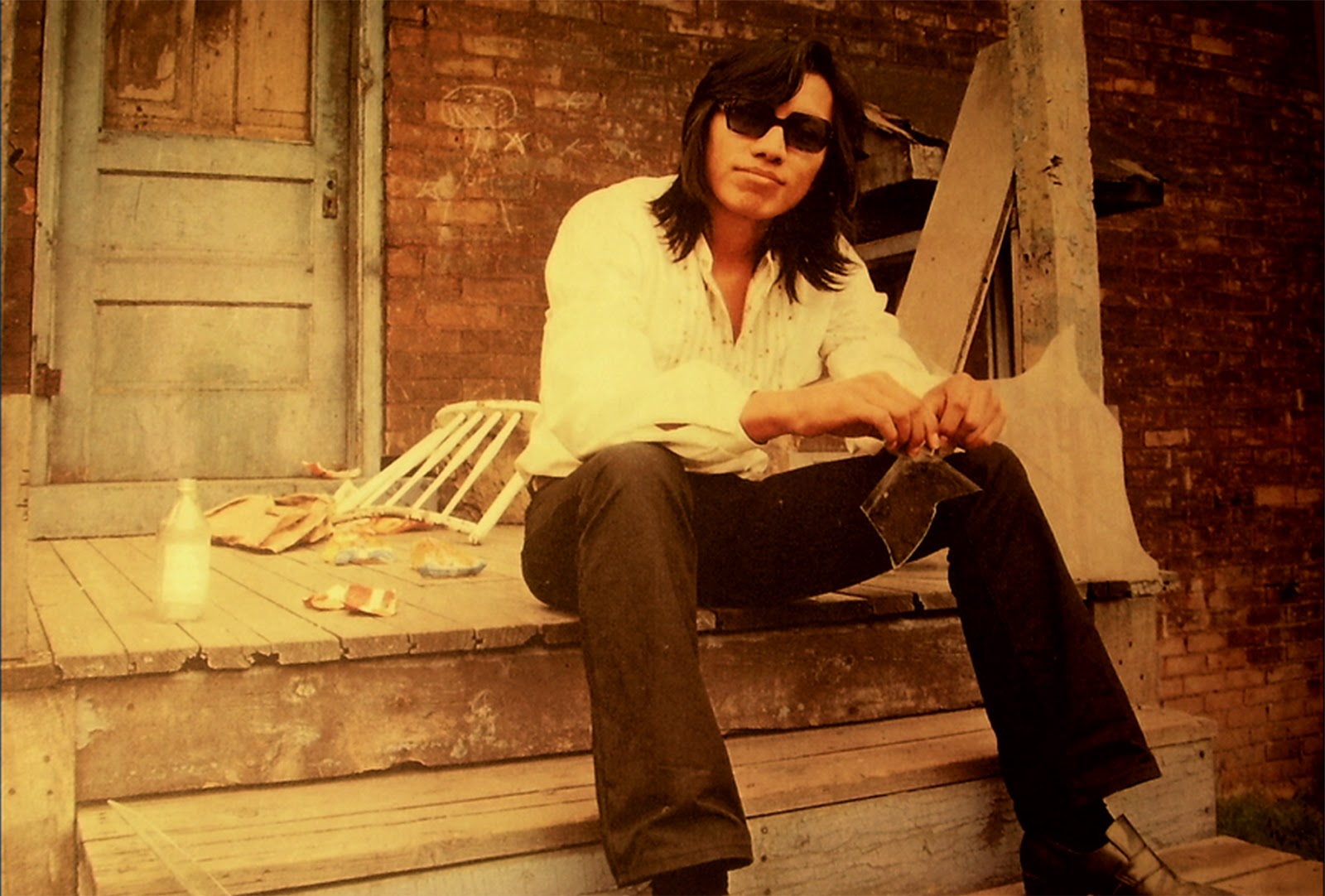
Mandela: Long Walk to Freedom is such an old-fashioned, pro-forma biopic that it’s almost hard to believe it was made in 2013. We begin with a quick, symbolically loaded note from Madiba’s youth as he completes his Xhosa coming-of-age ritual, swiftly move to his entrance into anti-Apartheid activism, neatly transition into the second act with his arrest and 27 years as a political prisoner, and end with his release from prison and subsequent election as President.
I may have a slightly skewed perspective because I have lived in South Africa for the past year and a half, but I think most of the audience for this film comes in with this basic knowledge. Nelson Mandela’s life story is already a profoundly moving inspiration to people worldwide, without a dramatized cinematic portrayal. So seeing it played out note-by-note like this doesn’t have much value. It’s emotionally moving, but intellectually hollow. I’d much rather have seen a film like Spielberg’s Lincoln, focused on Mandela’s vital role in the reorganization South Africa as a free country.

Where Long Walk to Freedom is able to offer something new and compelling is in its depiction of Winnie Mandela, played by Naomie Harris in a stunning, ferocious performance. Winnie’s story isn’t as well-known, and she’s not as saintly a figure, so the film is able to actually take a point of view in its portrayal of her. The film could have demonized Winnie for her radicalism to further beatify Mandela for his post-imprisonment commitment to peace. Instead, it presents her politics as an understandable reaction to the brutal oppression of Apartheid; and moreover, her particular persecution by the government, including her own imprisonment and a year and a half in solitary confinement. But Long Walk to Freedom does not gloss over Winnie’s endorsement of violence, including “necklacing,” brutal murders of suspected informants by setting tires around their necks on fire.

Mandela: Long Walk to Freedom’s nuanced depiction of Winnie Mandela owes a lot to Naomie Harris’s incredible performance. She should be a front-runner in this year’s Oscar race, although I am not sure if she’ll be put forward for the Best Actress or Best Supporting Actress category (the choice will probably depend on the rest of the field; although her role is certainly as substantive as what last year’s Best Actress Jennifer Lawrence had in Silver Linings Playbook).
Harris also benefits from playing a woman whose face isn’t as iconic as Nelson Mandela’s, even though she doesn’t much look like Winnie Mandela. One of the film’s significant problems is how Idris Elba can never quite disappear into his role because he looks nothing like Mandela, particularly in his later years, where Elba is saddled with extremely awkward age makeup.

Strangely, Harris is barely aged through the course of the film, despite her role spanning 40-odd years of history. While this decision smacks of sexism, suggesting the filmmakers’ unwillingness to depict an older woman on screen, Harris’s performance ultimately benefits from the absence of distractingly bad age makeup.
So while Mandela: Long Walk to Freedom is far from a perfect movie, Naomie Harris’s near-perfect performance saves it from total mediocrity. The power of her acting and the complex depiction of Winnie Mandela are almost entirely what makes the film worth seeing, unless you know nothing of Nelson Mandela’s story.


